If you look at any map of Chania, it’s easy to locate the Municipal Market: just look for the cross-shaped building in the middle of town. Each of the four “wings” has its own entrance, all of which lead to the large hall in the center. This is a great place to come for fresh fruits & veggies, meat, fish, and restaurants serving up local specialties.
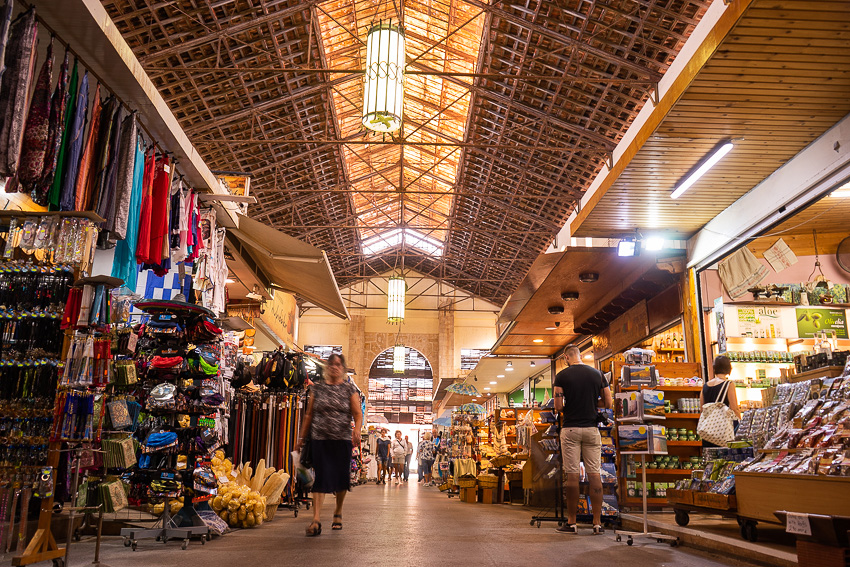
Try to visit the market as early as possible. In fact, we’d say that if it’s much after 10:30, you should save it for another day. Because in the morning, it’s wonderful: local people browsing the stands, picking up their daily produce, and sitting around the cafes to gossip. They’ve learned to vanish, though, as soon as the tour groups start pouring in. Once that happens, the market’s atmosphere shifts from the pleasant buzz of local life, to an absolute intolerable crush of tourism. The souvenir shops open, the regulars vanish, and the place becomes almost impossible to navigate.

It’s really an unbelievable shift, and one we visited first-hand during our initial visit to the market. We had arrived around 10, and after checking out all the goods, sat down for a Greek coffee and a cheese pie. As we ate, we watched as the market’s character changed completely. One old Greek woman would leave, with her recently-purchased fish, and a dozen dazed Swedes wearing safari hats would enter. By the time we stood up, the market was packed. It took ten minutes to push through the herd and finally escape. We went from loving the hall, to despising it.
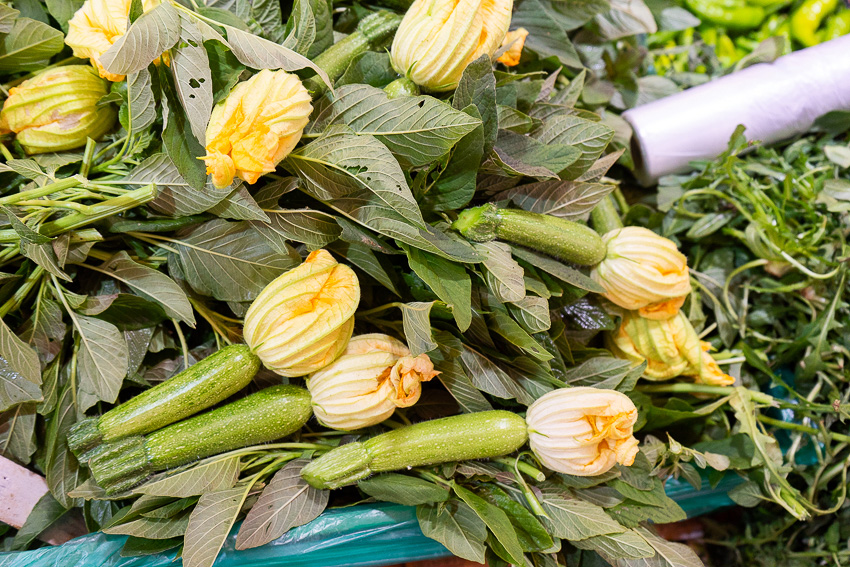
The market opened way back in 1913, well before the advent of supermarkets, and for a long time was the only place to go in Chania for shopping. During the German occupation of Crete, it was used for military purposes. Today, the more serious local shops have moved away. The region’s biggest fish market is held in Souda, and weekly farmer’s markets take place outside of the city center.

Maybe we’re more sensitive about changes like this, since we live in Valencia, Spain, where traditional local markets are locked in a hopeless battle against supermarkets. Within the ten years we’ve lived there, the change has been striking; markets have closed, or been repurposed with a more tourist-oriented focus. Even the famous Mercado Central is now mostly visited by foreigners, and controlled by the shops which cater to them. It’s a depressing trend we’ve noticed throughout our travels, particularly in Lisbon, which has such an abundance of fabulous old market halls… none of which are really “markets” anymore.
Then again, what can we say? Even with a few markets within walking distance, we go to the generic chain supermarket for 80% of our shopping. Probably more like 90%.
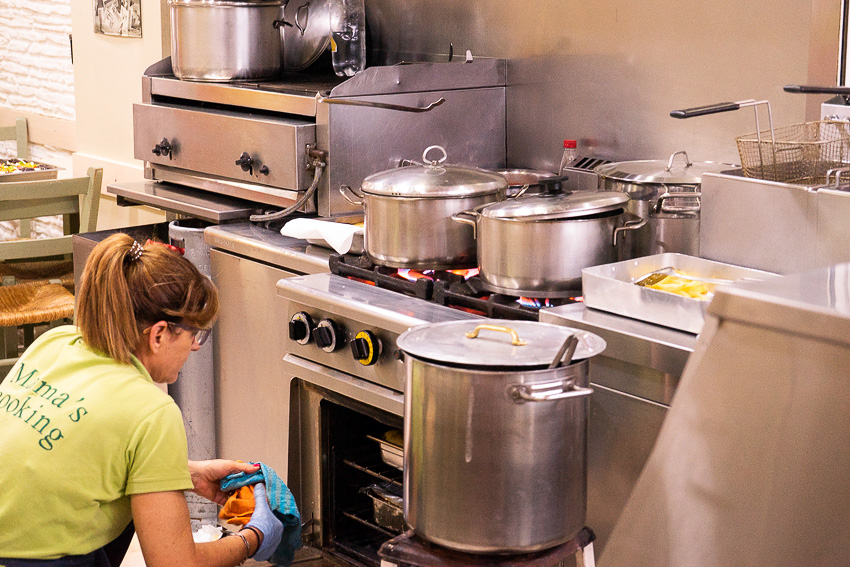
Anyway, back to Chania’s market. If you can’t make it in the early morning, it’s still worth going around lunch time to sample the cuisine at one of the little restaurants inside the hall. Amazing, home-cooked meals at ridiculous prices… just ask what the daily specials are, or head back into the kitchen with your waiter, to see what’s cooking.
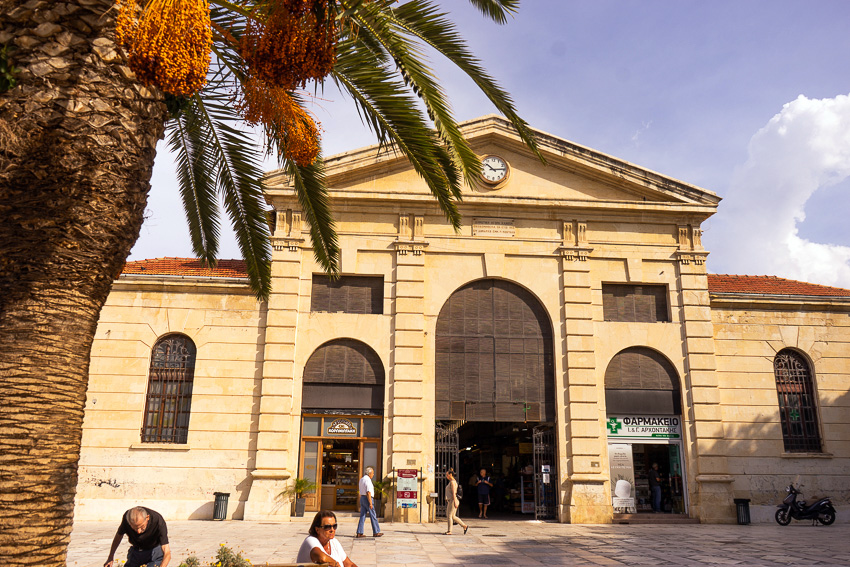


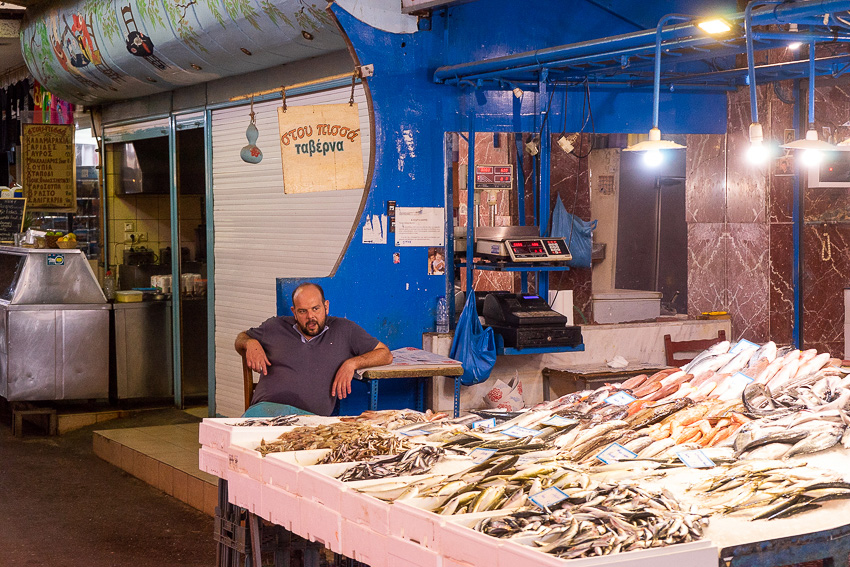
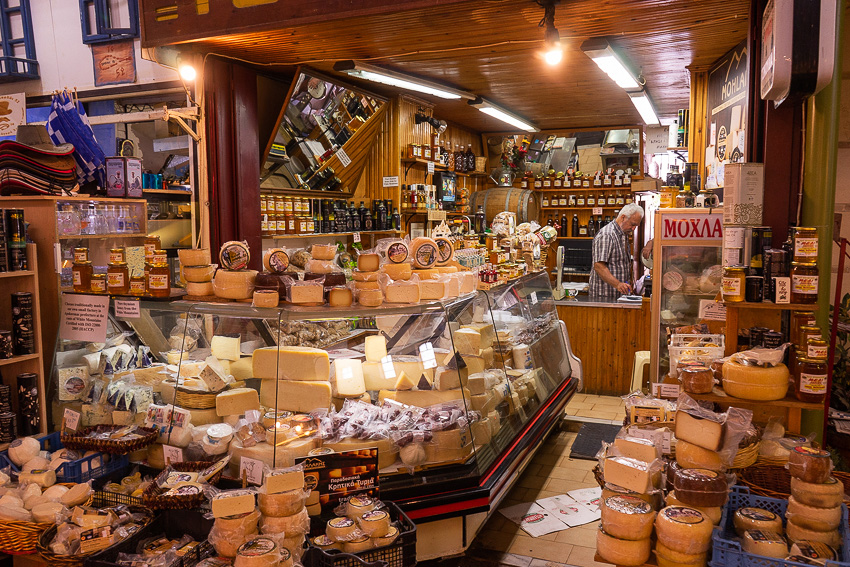
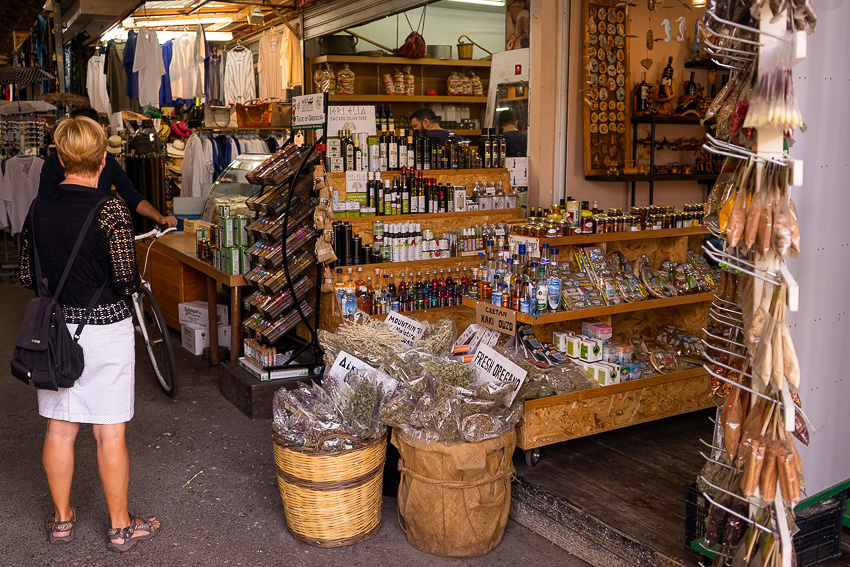
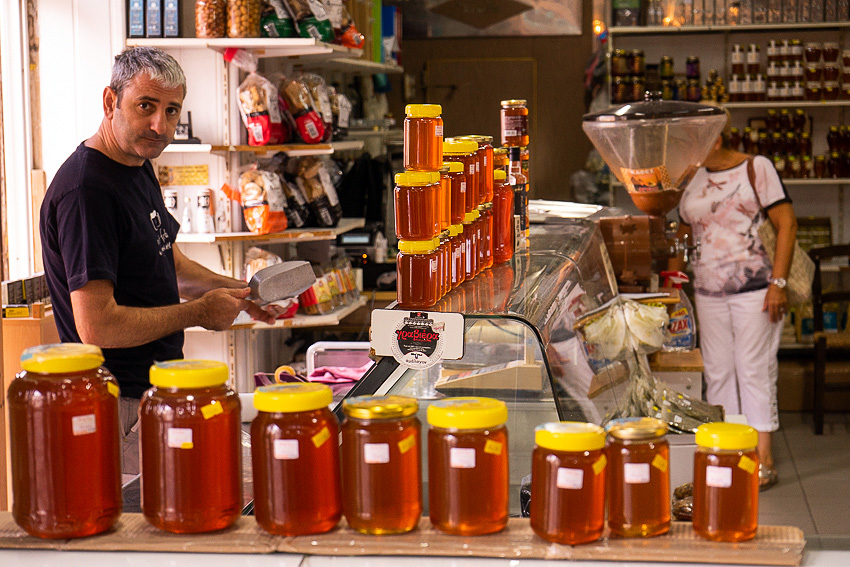
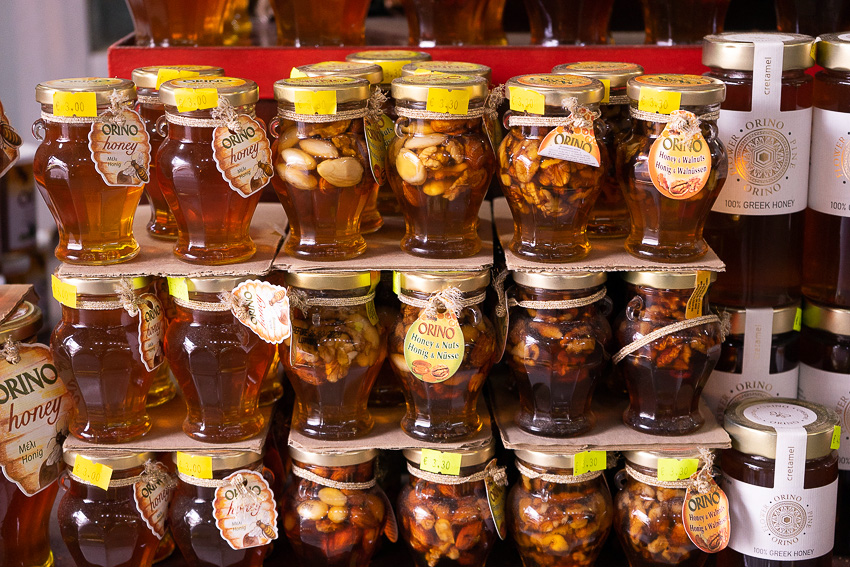
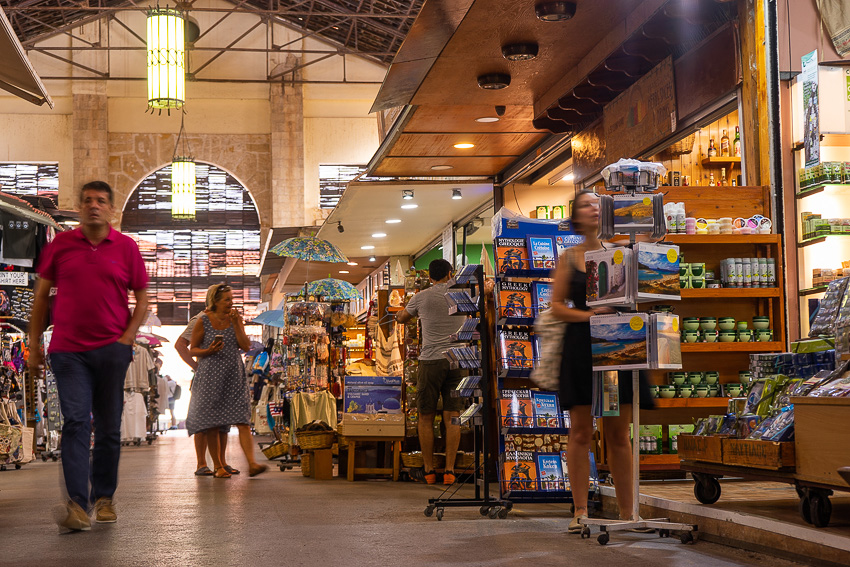
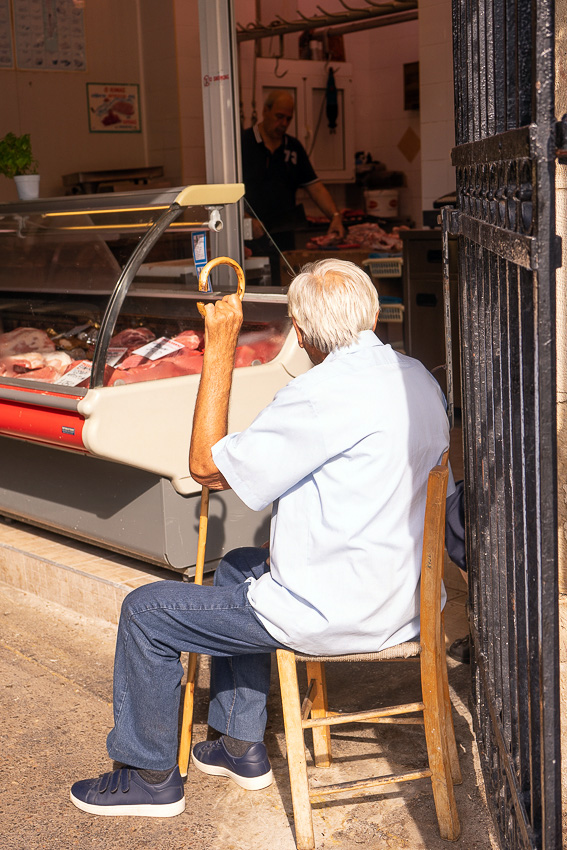
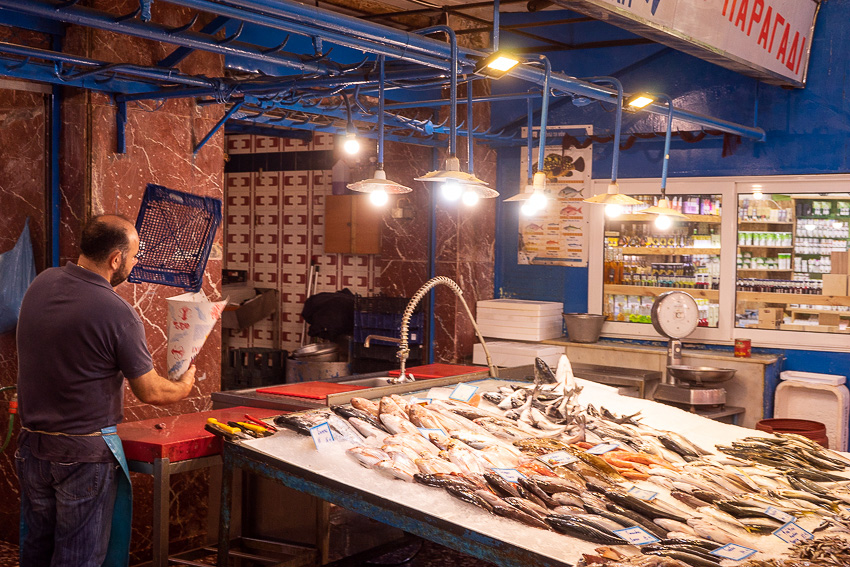
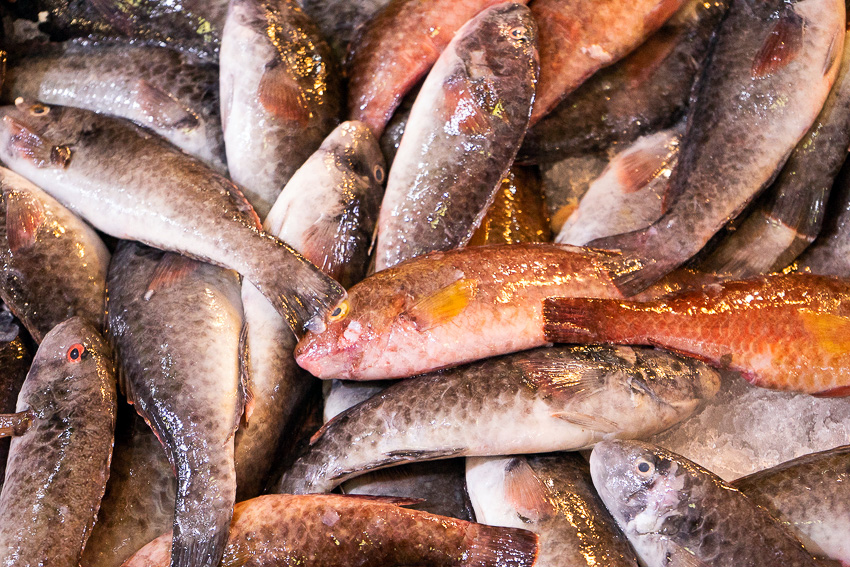
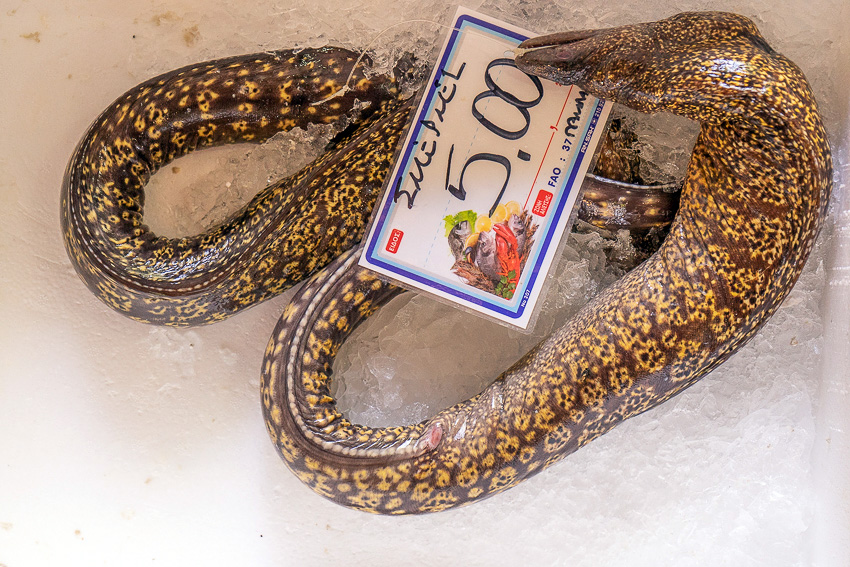
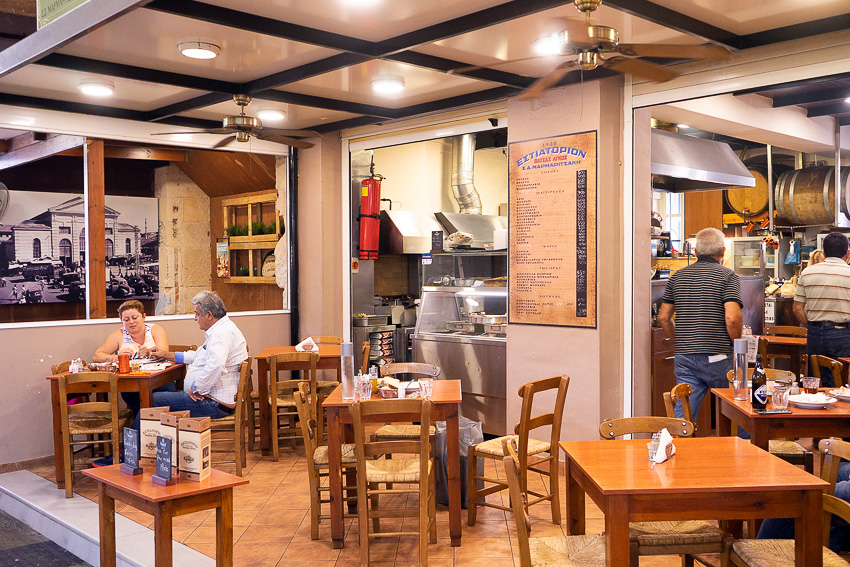
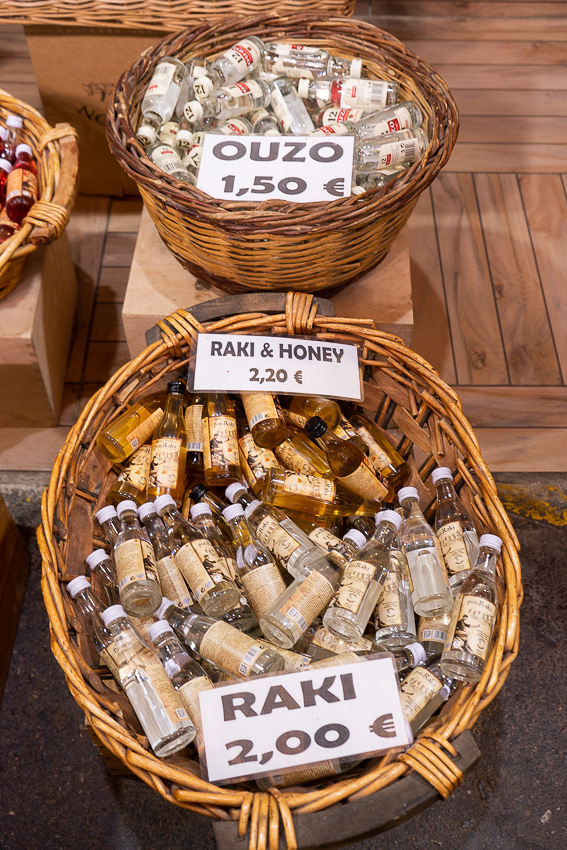
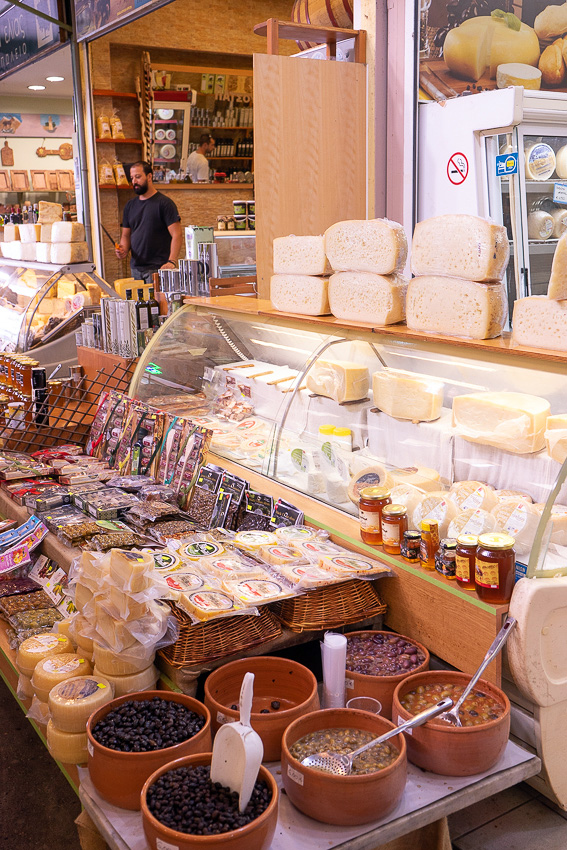
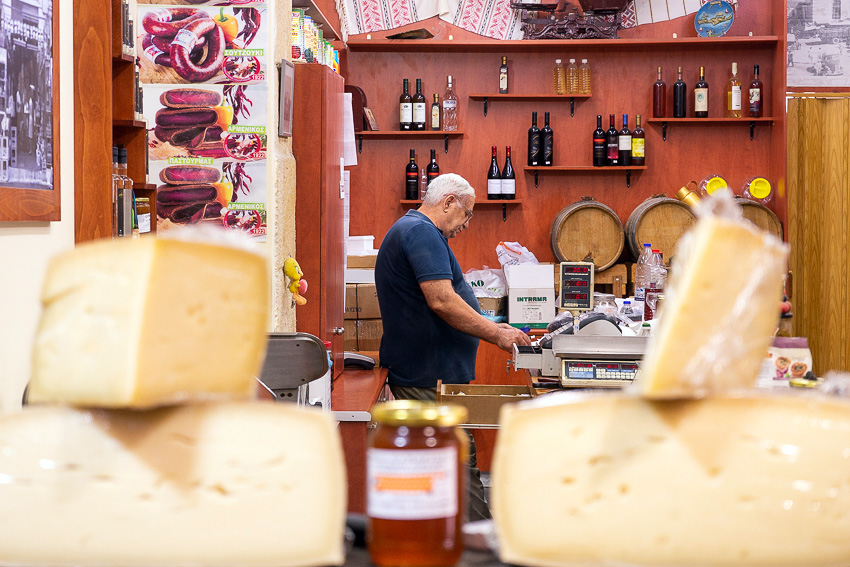
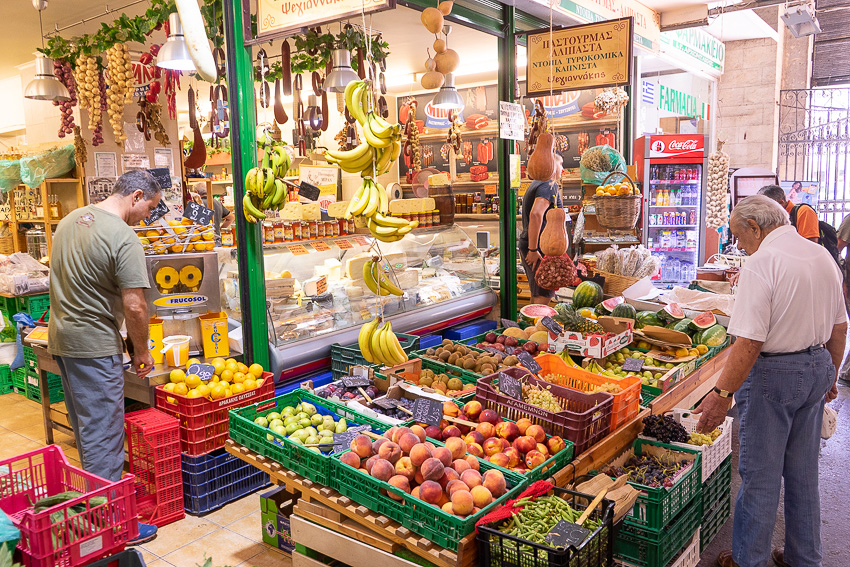

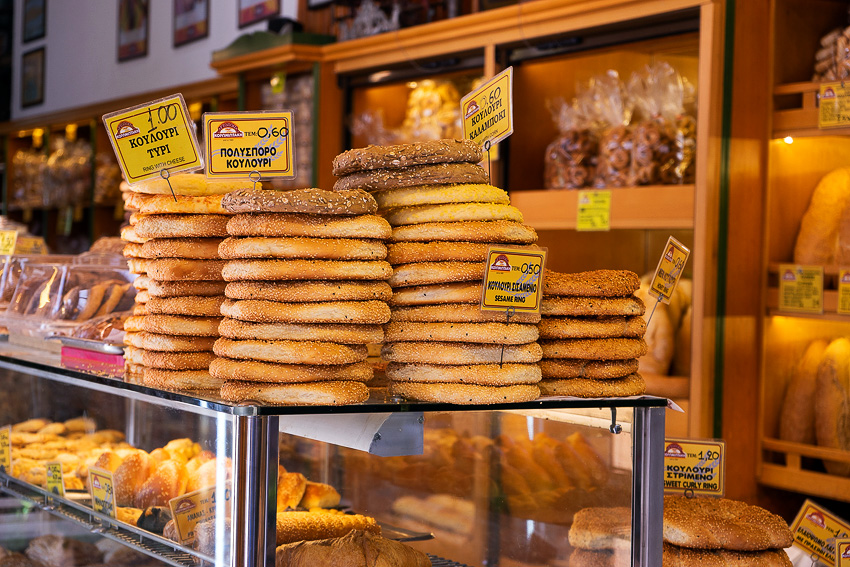

Learn more about our travel project on Steemit by clicking on the banner above and join our community on Discord
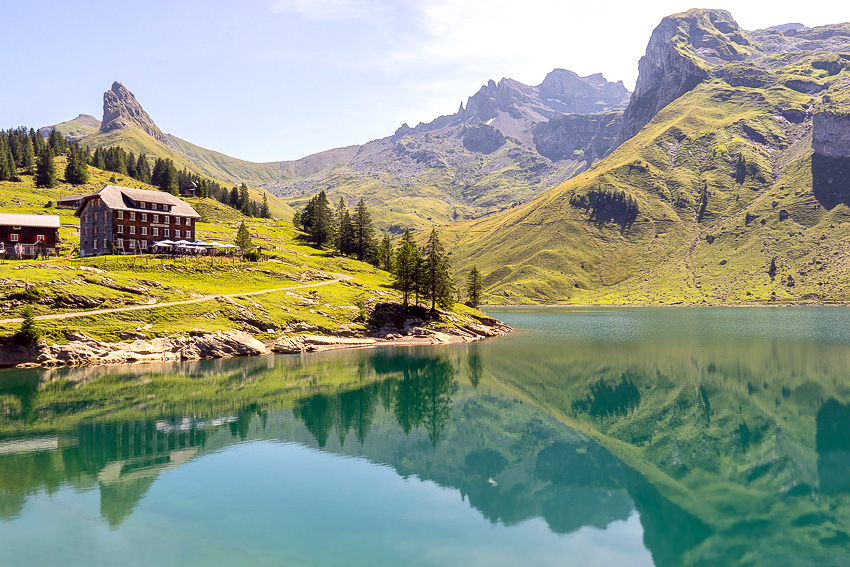

Leave a Reply